-
 Bitcoin
Bitcoin $116700
0.48% -
 Ethereum
Ethereum $4213
6.27% -
 XRP
XRP $3.280
1.22% -
 Tether USDt
Tether USDt $1.000
0.02% -
 BNB
BNB $805.1
2.46% -
 Solana
Solana $180.2
2.65% -
 USDC
USDC $0.0000
0.02% -
 Dogecoin
Dogecoin $0.2412
8.50% -
 TRON
TRON $0.3356
-1.11% -
 Cardano
Cardano $0.8108
3.59% -
 Hyperliquid
Hyperliquid $43.89
8.53% -
 Chainlink
Chainlink $21.15
10.75% -
 Stellar
Stellar $0.4502
1.41% -
 Sui
Sui $3.935
4.69% -
 Bitcoin Cash
Bitcoin Cash $570.7
-1.75% -
 Hedera
Hedera $0.2636
3.28% -
 Avalanche
Avalanche $24.25
4.48% -
 Ethena USDe
Ethena USDe $1.001
0.03% -
 Litecoin
Litecoin $122.0
-0.08% -
 Toncoin
Toncoin $3.445
2.68% -
 UNUS SED LEO
UNUS SED LEO $8.979
-0.08% -
 Shiba Inu
Shiba Inu $0.00001379
6.73% -
 Uniswap
Uniswap $10.91
2.00% -
 Polkadot
Polkadot $4.106
5.39% -
 Dai
Dai $1.000
0.02% -
 Pepe
Pepe $0.00001227
9.07% -
 Bitget Token
Bitget Token $4.507
0.72% -
 Cronos
Cronos $0.1576
3.40% -
 Monero
Monero $272.0
-1.68% -
 Ethena
Ethena $0.7502
21.27%
What is a blockchain fork?
The creation of two distinct blockchain paths due to changes in protocol or consensus rules is known as a blockchain fork, which can lead to the emergence of new coins and community splits.
Feb 17, 2025 at 08:12 am
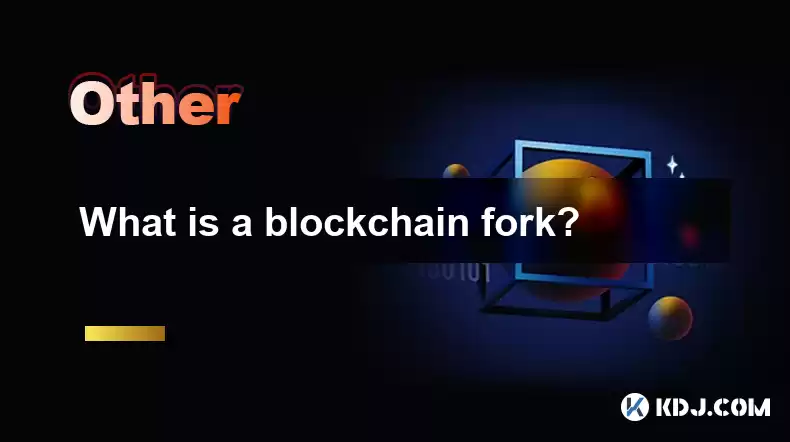
Key Points:
- Understanding the concept of a blockchain fork
- Types of blockchain forks: soft forks, hard forks, and contentious forks
- Causes and consequences of blockchain forks
- Steps in a blockchain fork process
- Historical examples of blockchain forks and their impact
- Frequently Asked Questions (FAQs) about blockchain forks
What is a Blockchain Fork?
A blockchain fork occurs when a blockchain network splits into two separate paths due to changes in the network's protocol or consensus rules. It creates two distinct versions of the blockchain with different rules and histories.
Types of Blockchain Forks
There are three main types of blockchain forks:
- Soft Fork: A soft fork is a backward-compatible change to the blockchain protocol. Nodes running older versions of the software can still communicate with nodes running newer versions. This means that a soft fork does not require all nodes to upgrade to the new version of the software, and it does not create a new coin.
- Hard Fork: A hard fork is a non-backward-compatible change to the blockchain protocol. Nodes running older versions of the software can no longer communicate with nodes running newer versions, and a new coin is often created as a result. Hard forks are usually implemented to introduce major new features or security upgrades.
- Contentious Fork: A contentious fork occurs when a soft or hard fork is implemented controversially, resulting in a split in the community or network. This can lead to the creation of two separate coins with different values and uses.
Causes and Consequences of Blockchain Forks
Blockchain forks can be caused by a variety of factors, including:
- Software updates and protocol changes
- Disagreements among network participants
- Security breaches or vulnerabilities
The consequences of a blockchain fork depend on the type of fork and the specific circumstances of the network. Some potential consequences include:
- The creation of two separate coins or networks
- Splitting of the community and user base
- Confusion and uncertainty among users and investors
- Potential loss of funds or assets
Steps in a Blockchain Fork Process
A blockchain fork typically involves the following steps:
- Proposal: A proposal is made to change the blockchain protocol or consensus rules.
- Discussion and Voting: The proposal is discussed and voted on by the network participants.
- Implementation: If the proposal is approved, it is implemented into the blockchain network software.
- Activation: The fork activates at a predetermined block height or time.
- Post-Fork: The blockchain network splits into two separate paths, and nodes must choose which fork to follow.
Historical Examples of Blockchain Forks
Some notable examples of blockchain forks include:
- Bitcoin Classic: A hard fork of Bitcoin that was proposed to increase the block size and reduce transaction fees.
- Ethereum: A hard fork of Ethereum that created a new blockchain called Ethereum Classic, after the original Ethereum network was hacked and $50 million was stolen.
- Bitcoin Cash: A hard fork of Bitcoin that was created to increase the block size limit and improve transaction scalability.
- Litecoin: A soft fork of Bitcoin that was implemented to reduce block generation time and improve transaction throughput.
FAQs About Blockchain Forks
- What is the difference between a soft fork and a hard fork?
A soft fork is a backward-compatible change that does not create a new coin, while a hard fork is a non-backward-compatible change that creates a new coin. - Why do blockchain forks happen?
Forks can happen due to software updates, protocol changes, disagreements among network participants, or security breaches. - What are the risks of blockchain forks?
Forks can lead to confusion, community splits, and potential loss of funds or assets. - How do I choose which fork to follow?
It is recommended to research both forks thoroughly and consider factors such as the community support, technical capabilities, and long-term goals of each project. - Can a blockchain fork be reversed?
Once a fork has been implemented, it is typically not possible to reverse it without a hard fork.
Disclaimer:info@kdj.com
The information provided is not trading advice. kdj.com does not assume any responsibility for any investments made based on the information provided in this article. Cryptocurrencies are highly volatile and it is highly recommended that you invest with caution after thorough research!
If you believe that the content used on this website infringes your copyright, please contact us immediately (info@kdj.com) and we will delete it promptly.
- Trump, Crypto Vehicle, and WLFI Tokens: A New York Minute on the Latest Buzz
- 2025-08-10 00:30:12
- Wheat Penny Fortune: Unearthing Valuable Coins in Your Pocket Change
- 2025-08-10 00:35:19
- AI Coin Mania: Dubai Millionaires Eye 20x Gains!
- 2025-08-09 23:10:12
- ChatGPT's Hot Takes: Meme Coins to Buy Now for a Wild 2025!
- 2025-08-09 23:10:12
- Jurassic Park Vibes in Your Pocket: The Colourful Canadian Coin Featuring a Dinosaur Eye
- 2025-08-09 23:50:12
- Altcoins on the Radar: VeChain, Ethereum, and the Shifting Crypto Landscape
- 2025-08-09 23:50:12
Related knowledge
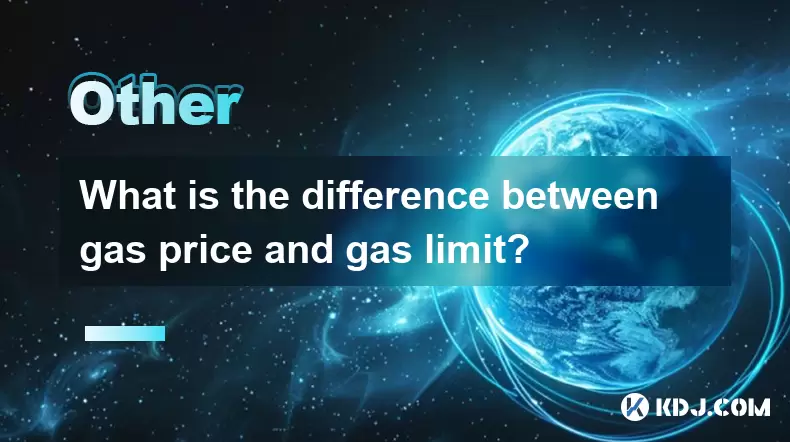
What is the difference between gas price and gas limit?
Aug 09,2025 at 08:42pm
Understanding Gas in Ethereum and EVM-Based NetworksIn blockchain networks that support smart contracts—particularly Ethereum and other EVM (Ethereum ...
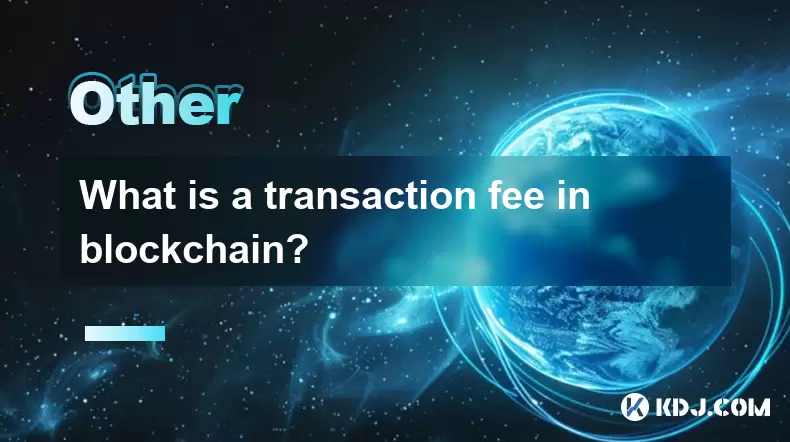
What is a transaction fee in blockchain?
Aug 08,2025 at 09:21pm
Understanding the Basics of Blockchain Transaction FeesA transaction fee in blockchain is a small amount of cryptocurrency paid by a user to process a...
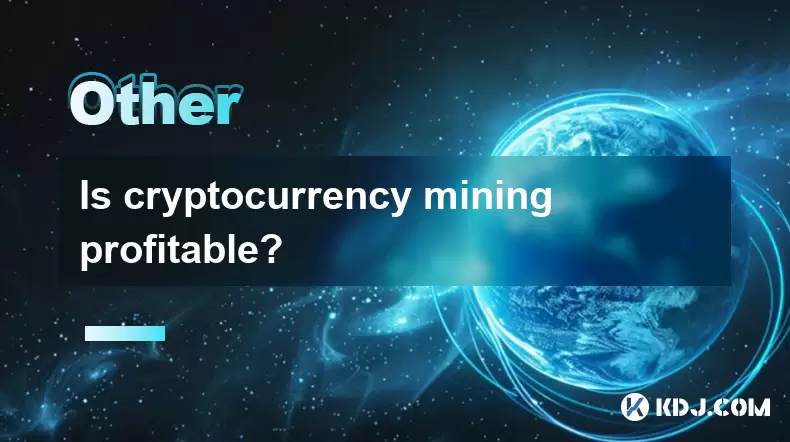
Is cryptocurrency mining profitable?
Aug 09,2025 at 01:28am
Understanding Cryptocurrency Mining BasicsCryptocurrency mining is the process by which new digital coins are introduced into circulation and transact...
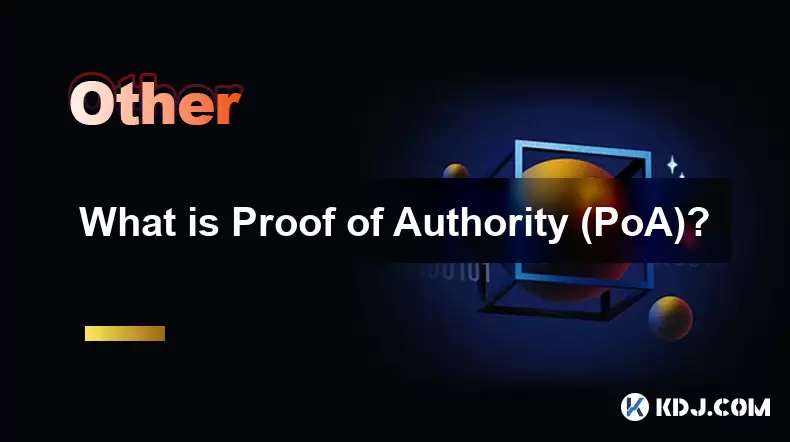
What is Proof of Authority (PoA)?
Aug 09,2025 at 05:01am
Understanding Proof of Authority (PoA)Proof of Authority (PoA) is a consensus mechanism used in blockchain networks to validate transactions and creat...
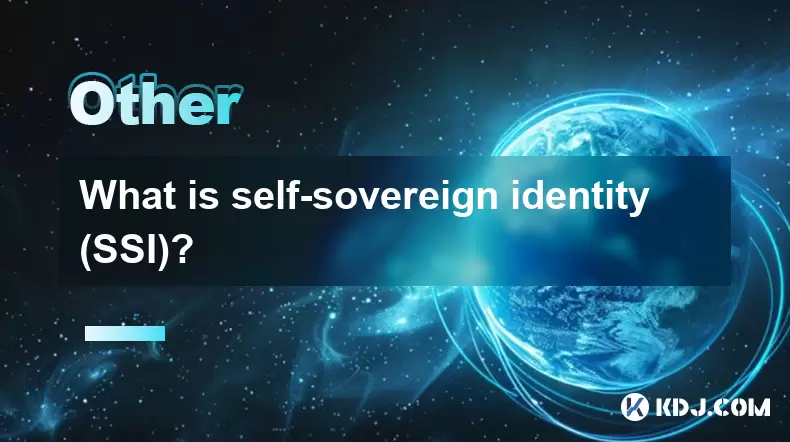
What is self-sovereign identity (SSI)?
Aug 09,2025 at 08:49pm
Understanding the Role of Private Keys in Cryptocurrency SecurityIn the world of cryptocurrency, private keys are the most critical component of digit...
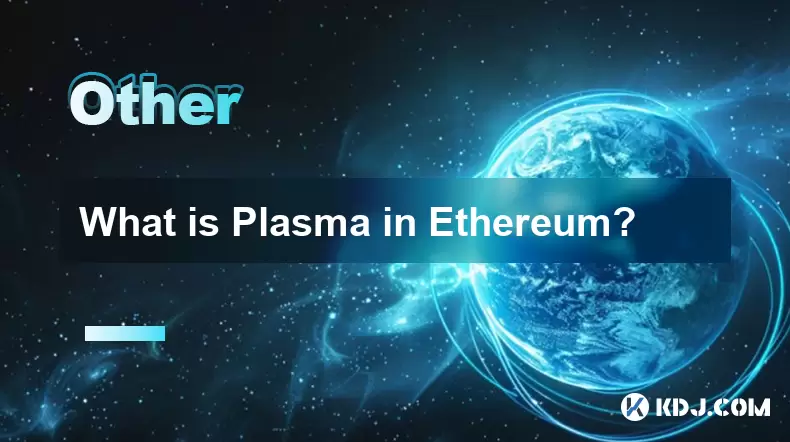
What is Plasma in Ethereum?
Aug 09,2025 at 11:21pm
Understanding Plasma in the Ethereum EcosystemPlasma is a scaling solution designed to increase the transaction throughput of the Ethereum blockchain ...

What is the difference between gas price and gas limit?
Aug 09,2025 at 08:42pm
Understanding Gas in Ethereum and EVM-Based NetworksIn blockchain networks that support smart contracts—particularly Ethereum and other EVM (Ethereum ...

What is a transaction fee in blockchain?
Aug 08,2025 at 09:21pm
Understanding the Basics of Blockchain Transaction FeesA transaction fee in blockchain is a small amount of cryptocurrency paid by a user to process a...

Is cryptocurrency mining profitable?
Aug 09,2025 at 01:28am
Understanding Cryptocurrency Mining BasicsCryptocurrency mining is the process by which new digital coins are introduced into circulation and transact...

What is Proof of Authority (PoA)?
Aug 09,2025 at 05:01am
Understanding Proof of Authority (PoA)Proof of Authority (PoA) is a consensus mechanism used in blockchain networks to validate transactions and creat...

What is self-sovereign identity (SSI)?
Aug 09,2025 at 08:49pm
Understanding the Role of Private Keys in Cryptocurrency SecurityIn the world of cryptocurrency, private keys are the most critical component of digit...

What is Plasma in Ethereum?
Aug 09,2025 at 11:21pm
Understanding Plasma in the Ethereum EcosystemPlasma is a scaling solution designed to increase the transaction throughput of the Ethereum blockchain ...
See all articles

























































































